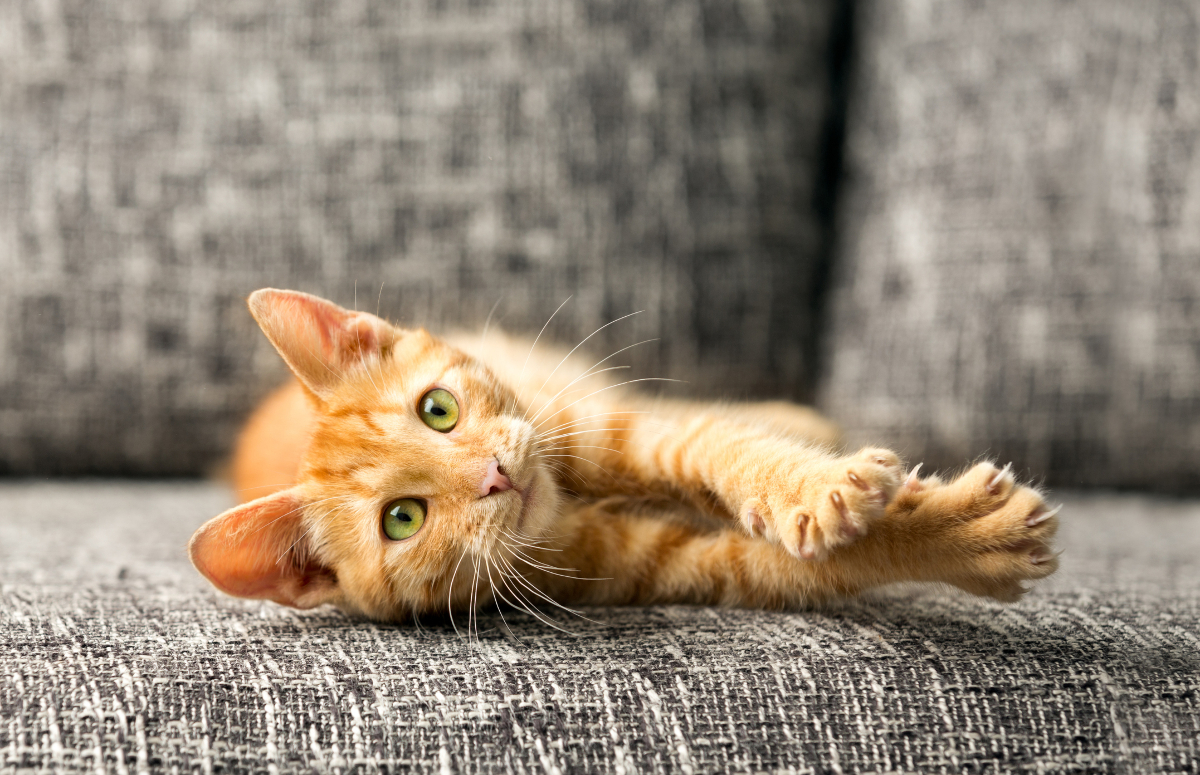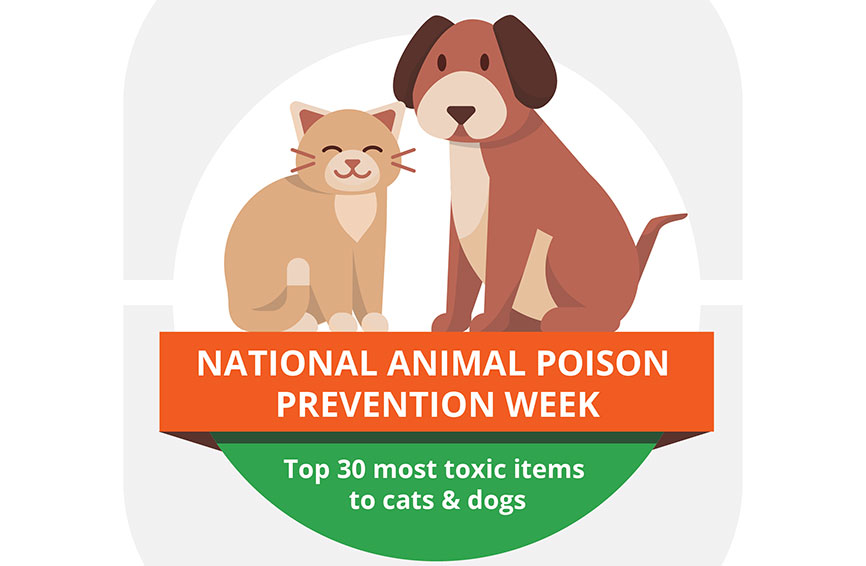Table of Contents

Imagine these scenarios:
- Fifi has scratched up the new couch. Again.
- Tom, a cat parent, has an illness that requires him to take immunosuppressive medication. A scratch from his cat could endanger his health.
What would you do if it were you in either of these scenarios? Would you make a beeline to your veterinarian’s office to have your cat declawed? Or, would you try something else to protect yourself and your furniture from your cat’s claws?
Cat parents often face a quandary about what to do when their cat’s claws become a problem. Unfortunately, the declaw procedure, called onychectomy, is rife with controversy, with both intense opposition and support. Just recently, the New York legislature passed a bill banning declaws that are performed only for non-medical purposes. Other states and cities across the country have either already passed declaw bans or are considering them.
Why is the procedure so controversial, and how can cat parents decide whether to declaw their cat?
Why Do Cats Need Their Claws?
A cat’s claws serve many useful purposes. Outdoor cats need their claws to defend themselves against predators, dig, and hold wriggling prey. Claws also make it possible for an outdoor cat to climb trees to escape predators, like the neighbor’s dog.
Your indoor kitty probably isn’t pouncing on prey or defending herself against your lovable Labradoodle, but she’ll use her claws to give herself a full body stretch and mark her territory around your home. Without their claws, cats can often have trouble balancing as well.
In many ways, your cat’s claws serve her well. However, if she scratches your couch or draperies, or scratches you during a particularly active play session, you may start considering whether her claws need to go.
What is a Declaw?
A declaw is an amputation. Like your fingernails or toenails, your cat’s claws are attached to the last bone (called the third phalanx) in her toes. To perform a declaw, a veterinarian must remove the bone along with the claw.
Sounds painful, right? It certainly can be. Declaw side effects include those listed below:
- Infection
- Paw pain
- Lameness
- Nerve damage
- Elimination outside of the litterbox
Many of these side effects can occur if a veterinarian is either overzealous or overly cautious when performing a declaw.
Declaw Controversy
Given these potential complications, declawing is not to be taken lightly by either veterinarians or pet parents. Several prominent animal organizations have released position statements about declaws. Here are a few snippets of those statements:
- ASPCA: “The ASPCA is strongly opposed to declawing cats for the convenience of their owners or to prevent damage to household property.”
- American Association of Feline Practitioners: “The AAFP strongly opposes declawing (onychectomy) as an elective procedure. It is the obligation of veterinarians to provide cat owners with alternatives to declawing.”
- American Veterinary Medical Association: “Declawing of domestic cats should be considered only after attempts have been made to prevent the cat from using its claws destructively or when its clawing presents an above normal health risk for its owner(s).”
Overall, these organizations do not support “convenience” declaws and advocate for non-declaw alternatives. The recent declaw ban in New York reflects the spirit of these position statements.
The New York State Veterinary Medical Society, however, came out against the ban. Their position statement states that declawing “should be an available option when the alternative is abandonment or euthanasia.” Like the AVMA, the NYSMVS favors consideration of declawing if keeping the claws poses a serious health risk for the cat parent or all other options to stop destructive clawing have failed. Pointedly, though, the society believes that “these owners should not need to face relinquishment or euthanasia of their pet because the option to declaw cats is unavailable.”
Outside of these position statements are veterinarians and pet parents who support declaws. For example, shelter veterinarians often see cats who are relinquished and in line to be euthanized because of destructive scratching, when a declaw could have prevented the relinquishment. Pet parents who have had their cat declawed with little to no complications believe that their cats (and furniture) are much better off after the declaw.
What Can Cat Parents Do?
What can you do, then, when your cat’s claws are wreaking havoc? First, talk to your veterinarian about behavioral modifications, including:
1. Get a scratch pad or post
The biggest mistake pet parents make with their cats is trying to stop them from scratching completely. The desire to scratch is in a cat’s genes, handed down from ancient kitties. Cats scratch to exercise their front leg muscles, mark their territory, and to keep their claws sharp by shedding the dull outer sheath.
You can often curb scratching completely by simply providing them with a corrugated cardboard scratch pad or post. Most cats will gladly use either, since it feels amazing compared to the other surfaces they have access to! To make it even more alluring, rub catnip on it and give your cat a treat every time they use it. You can also try placing it next to an area they often scratch.
2. Use anti-scratch spray on their go-to spots
If your cat continues to prefer your furniture for their scratching outlet, make their go-to spot undesirable. One option is to use an anti-scratch spray on the area, which has a scent that makes them want to stay away.
You can also try making your own concoction of citrus-scented spray (cats hate the smell of citrus!) which will get rid of their scent markers and deter them due to the new scent.
You can also try covering scratched-up spots with aluminum foil or double-sided tape while redirecting their attention to their new scratcher.
3. Scare them with water or loud noise
Another form of negative reinforcement is using a spray bottle or making a loud noise every time they scratch a no-no spot. This harmless solution frightens them, and will eventually curb the behavior. Simply use a spray bottle with plain water — or even a water gun — and spray your pet every time you see him or her scratching a non-designated spot.
Alternatively, make a loud noise, such as clapping your hands together. Scratch prevention techniques also work best if you start when your pet is a kitten.
4. Trim their toenails regularly
Keeping your cat’s claws trimmed helps in two ways. First, it curbs scratching in general since trimming their toenails removes the dull outer sheath that cats are trying to remove by scratching in the first place.
Also, because their nails aren’t as sharp, they aren’t nearly as destructive, which reduces any damage caused by scratching. You can buy kitty nail clippers at any pet store, or you can take your cat to get professionally trimmed about once a month by a groomer.
5. Synthetic caps
Another way to curb damage caused by scratching is to put synthetic caps over each of their claws. These are available at most pet stores and they can last for one to two months. Sometimes they fall off and you’ll need to replace them. They can also cause some discomfort and annoyance to your feline, so try the other alternatives mentioned above first.
Discuss these options with your veterinarian, then try them out for a while. If they don’t work and your patience is running thin, declawing may be a feasible option.
The Bottom Line on Declawing Cats
It’s evident that declaws are controversial, and are likely to remain so. Regular nail trims, easy access to inexpensive scratch posts, and non-harmful deterrents are all effective alternatives. If your cat’s claws have turned your home into a scratching gallery, consult with your veterinarian to decide how best to handle your cat’s destructive clawing behavior.
Content provided by JoAnna Pendergrass, DVM. Dr. Pendergrass is owner and founder of JPen Communications, a medical communications company specializing in consumer education.






